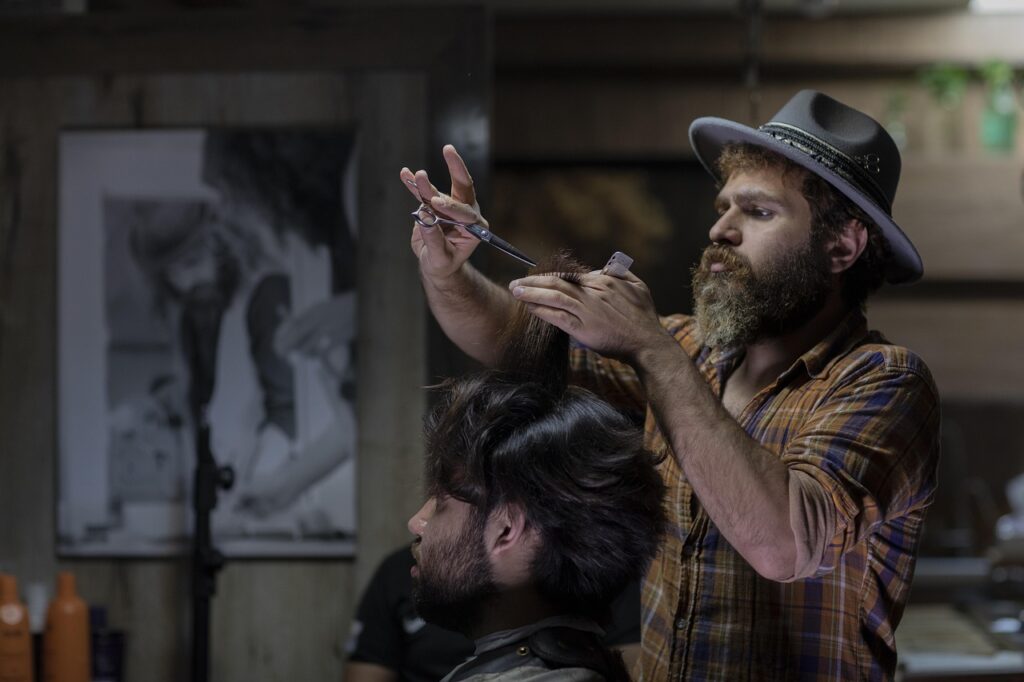Breaking into wedding, fashion, or commercial photography can feel like a daunting challenge, but your portfolio is your most powerful tool. It’s not just a collection of your best shots—it’s your chance to tell a story, showcase your unique style, and prove why clients should trust you with their vision. A strong portfolio can open doors to opportunities you’ve been dreaming about.
The Importance Of A Strong Portfolio
A strong portfolio serves as the foundation for success in wedding, fashion, or commercial photography. It’s a curated showcase of your skills, vision, and professional identity.
The Role Of Your Portfolio In Photography Careers
Your portfolio demonstrates your expertise and creativity to potential clients. It acts as a visual résumé that highlights your best work and communicates your unique style. Clients evaluate portfolios to determine alignment with their projects, making it an essential tool in cultivating trust and interest.
For aspiring wedding photographers, portfolios reflect storytelling ability through emotional and candid moments. In fashion photography, they emphasize technical skills, aesthetic, and innovation. For commercial work, they showcase versatility in meeting brand-specific demands.
Differentiating Portfolios For Wedding, Fashion, And Commercial Photography
Each genre requires tailored curation to attract its respective clients. I structure wedding portfolios to highlight intimate, emotion-driven imagery across diverse settings, such as:
- ceremonies
- receptions
- portraits
Fashion portfolios benefit from editorial-style photographs that emphasize lighting, composition, and styling. Including avant-garde or high-concept shoots demonstrates creativity.
Commercial portfolios succeed when they feature product, lifestyle, or advertising images that align with distinct branding goals. Highlighting adaptability in creating cohesive narratives for varied industries enhances client appeal.
Building A Portfolio That Impresses
An impactful portfolio sets the foundation for a successful photography career in wedding, fashion, or commercial genres. By tailoring it to potential clients’ needs, I ensure it stands out from the competition.
Understanding Your Target Audience
- I analyze who I want to attract before curating my portfolio.
- For the wedding market, I highlight emotional storytelling with images of heartfelt ceremonies and joyous receptions.
- For fashion clients, I showcase editorial-style shots that emphasize creativity and high-end execution.
- In commercial photography, I feature versatile visuals aligned with branding objectives, such as product shoots or lifestyle campaigns.
- Researching prospective clients helps me align my work with their expectations.
Choosing The Right Projects To Showcase
I only include projects that represent my best work and the genre I aim to pursue. When targeting weddings, I focus on cohesive galleries that capture entire events, not just isolated moments. For fashion, I emphasize technical skills through high-quality lighting, diverse models, and polished backdrops. In commercial photography, I select projects demonstrating adaptability, from food photography to corporate headshots. Every project in my portfolio serves to highlight my strengths and build credibility.
Crafting A Unique Visual Style
I ensure my portfolio communicates a consistent and unique visual style. In wedding photography, my style leans towards warm tones and natural light to evoke intimacy. In fashion, an avant-garde approach with bold color palettes or high-contrast edits sets my work apart. Within commercial work, clean compositions and brand-centered storytelling make my images resonate with clients. Crafting a distinctive aesthetic helps clients associate my work with a clear, professional identity.
Tailoring Your Portfolio To Specific Photography Genres

A specialized portfolio increases opportunities in wedding, fashion, or commercial photography. Focusing on the priorities of each genre builds interest among target clients.
Wedding Photography Portfolios: Capturing Emotion And Storytelling
I prioritize emotional depth and storytelling for wedding photography. Couples value authentic moments, so I include candid shots of intimate exchanges, like vows, first looks, and joyful celebrations. My galleries emphasize connection through relaxed poses, natural expressions, and dynamic compositions.
Warm tones and soft lighting further express the emotion of these moments. I ensure images align with the timeless aesthetic preferred by most wedding clients, avoiding overly stylized or trend-dependent edits. Each image contributes to a narrative flow, from preparation to the ceremony and reception.
Fashion Photography Portfolios: Emphasizing Style And Creativity
Fashion portfolios showcase editorial vision and technical expertise. I highlight powerful compositions, intentional lighting, and bold styling. Each image demonstrates my ability to capture high-fashion looks through unique poses, dynamic movement, and creative framing.
I include a mix of studio and location shots to illustrate adaptability. To reflect diversity, my portfolio incorporates different styles, from minimalistic black-and-white images to vibrant, avant-garde fashion editorials. Every image reinforces my capability to collaborate with designers, stylists, and models effectively.
Commercial Photography Portfolios: Showcasing Versatility And Professionalism
Commercial portfolios require versatility to appeal to brands. I focus on delivering imagery aligned with specific branding goals, such as clean product shots, lifestyle images, or corporate visuals. My work showcases the ability to handle varying client needs, consistently presenting polished, on-brand results.
I include a range of industries to demonstrate adaptability, featuring examples such as food photography, tech products, and consumer goods campaigns. Attention to technical quality, brand identity, and consistency ensures that potential clients view me as reliable and skilled in delivering market-driven visuals.
Presenting And Marketing Your Portfolio
A strong portfolio is only effective when presented strategically. I use tailored platforms, targeted networking, and optimized social media strategies to attract relevant clients and showcase my photography expertise.
The Power Of Online Platforms And Websites
Having a professional website organizes my work into user-friendly categories. I ensure my site highlights the specific photography genres I specialize in, such as wedding, fashion, or commercial projects. A dedicated portfolio page showcases high-resolution images with brief descriptions, which helps clients quickly assess my style. To make my portfolio accessible, I integrate responsive designs so it functions well on all devices.
I also utilize portfolio-specific platforms like Behance or Squarespace to increase visibility. These sites attract industry professionals, maximizing opportunities for my work to reach agencies, brands, or individuals matching my target audience.
Networking Within The Photography Industry
Building relationships within the photography industry connects me to opportunities and clients. I attend workshops, trade shows, or photography expos to meet professionals and expand my network. When networking, I share my portfolio in both physical and digital formats to leave a lasting impression.
Collaboration with stylists, models, or event planners expands my reach to their networks, helping me secure new projects. By maintaining professional relationships, I create a steady pipeline of referrals, which builds my reputation in my niche.
Leveraging Social Media To Attract Clients
Social media platforms like Instagram, Pinterest, and LinkedIn play a critical role in marketing my portfolio. On Instagram, I curate a visually consistent feed using high-quality images from recent shoots. On Pinterest, I create boards for wedding, fashion, and commercial photography to inspire potential clients while driving traffic to my website.
LinkedIn helps position me as a professional by enabling me to share insights, projects, or testimonials, enhancing credibility in the industry. By scheduling regular posts and staying active on these platforms, I ensure my portfolio reaches a broader audience while engaging with potential clients.




